Space Force is creating its own culture but will be ‘tightly coupled’ to the Air Force
Wednesday, 19 January 2022 17:27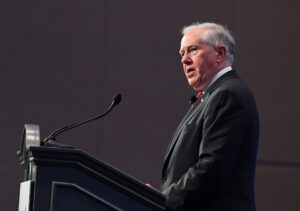
The Space Force is a separate U.S. military branch but will have to stay “tightly coupled” to the Air Force in order to be successful, Air Force Secretary Frank Kendall said Jan.
One Year into the Biden Administration, NASA Looks to Future
Wednesday, 19 January 2022 15:33 Over the past year, NASA has made valuable contributions to Biden-Harris Administration’s goals – leading on the global stage, addressing the urgent issue of climate change, creating high paying jobs, and inspiring future generations.
Over the past year, NASA has made valuable contributions to Biden-Harris Administration’s goals – leading on the global stage, addressing the urgent issue of climate change, creating high paying jobs, and inspiring future generations. Space and national security: What to expect in 2022
Wednesday, 19 January 2022 14:00
The Space Force stands on firmer political ground but is coming under pressure to deliver new technologies to counter threats from Russia and China. The Space Development Agency is counting down to the launch of its first operational satellites.
New automatic control technique uses spacecraft solar panels to reach desired orbit at Mars
Wednesday, 19 January 2022 13:49
A satellite on a science mission to Mars aims for a low-altitude orbit, but the lower the orbit, the more propellant is required to enter orbit when arriving from Earth. To save propellant, a technique called aerobraking uses a small propulsive maneuver for orbit insertion to enter a large orbit; the satellite then makes many passes through the upper atmosphere, using drag on the solar panels to reduce the size of the orbit a little bit each pass until the orbit is the desired size for science operations.
Radian Aerospace raises seed round to fund work on spaceplane
Wednesday, 19 January 2022 13:29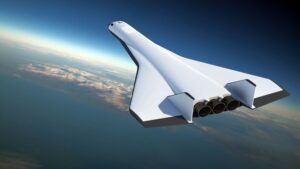
A startup has raised a seed round of funding to pursue development of what’s long been considered the holy grail of space transportation: a single-stage-to-orbit reusable spaceplane.
Wanted: recycling methods to keep astronauts alive
Wednesday, 19 January 2022 12:28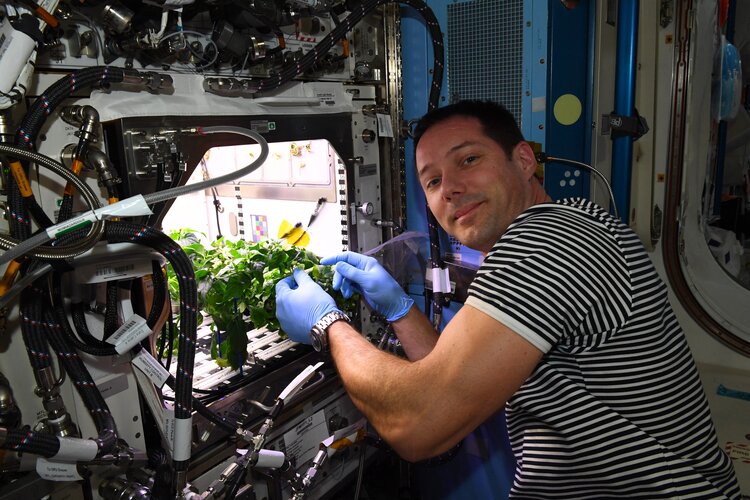
It took a crop of potatoes to keep Matt Damon alive on the red planet in The Martian. And in future, real life astronauts on the Moon and Mars will have to be gardeners, farmers and expert recyclers as well as explorers. Do you have promising ideas that might help them to get by in space on next to no resources?
Watch: Matthias Maurer in-flight call to World Economic Forum
Wednesday, 19 January 2022 12:23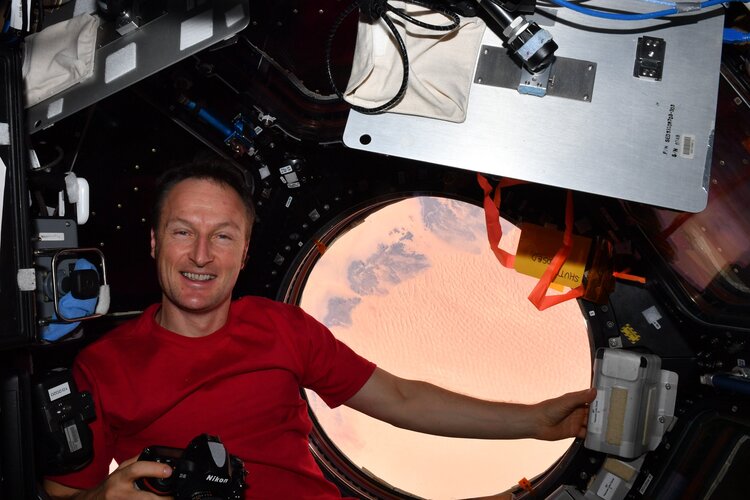
Join ESA astronaut Matthias Maurer on Thursday, 20 January, in a live call from the International Space Station, from 14:00 GMT/15:00 CET, talking with prominent experts and industry leaders, to explore how space research can improve life on our planet.
NASA's Curiosity rover measures intriguing carbon signature on Mars
Wednesday, 19 January 2022 12:06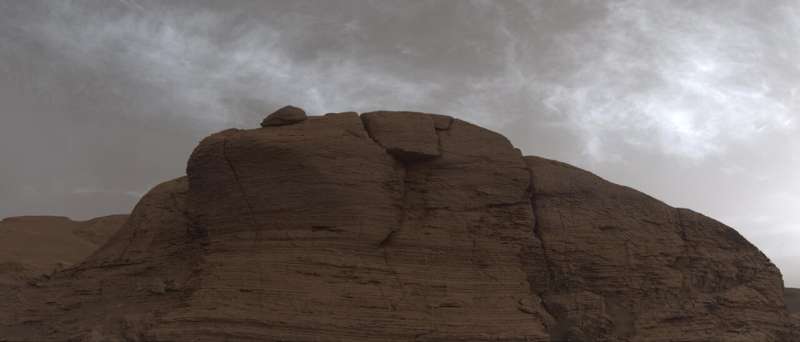
Satellogic raises $150 million from fund led by former treasury secretary
Wednesday, 19 January 2022 11:01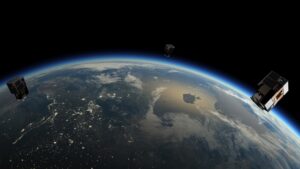
A fund led by Steven Mnuchin, former treasury secretary, will invest $150 million into Earth imaging company Satellogic, helping close a delayed merger with a special purpose acquisition corporation (SPAC).
Private investment in space infrastructure hit record $14.5B in 2021
Wednesday, 19 January 2022 05:49 Private investment in space infrastructure companies hit a record-breaking $14.5 billion last year, according to a report Tuesday by New York City-based firm Space Capital.
The new report from the venture capital company shows space infrastructure investment in 2021 was more than 50% greater than the prior record set in 2020.
The report, which is also available in an interactive
Private investment in space infrastructure companies hit a record-breaking $14.5 billion last year, according to a report Tuesday by New York City-based firm Space Capital.
The new report from the venture capital company shows space infrastructure investment in 2021 was more than 50% greater than the prior record set in 2020.
The report, which is also available in an interactive Liberty Strategic Capital to invest $150 Million in Satellogic and CF Acquisition Corp V
Wednesday, 19 January 2022 05:49 Satellogic, a leader in sub-meter resolution satellite imagery collection, currently 70 centimeters, and CF Acquisition Corp., a special purpose acquisition company sponsored by Cantor Fitzgerald, announced that they have secured an additional $150 million private placement commitment from Liberty Strategic Capital ("Liberty"), a private equity firm founded and led by former U.S. Secretary of th
Satellogic, a leader in sub-meter resolution satellite imagery collection, currently 70 centimeters, and CF Acquisition Corp., a special purpose acquisition company sponsored by Cantor Fitzgerald, announced that they have secured an additional $150 million private placement commitment from Liberty Strategic Capital ("Liberty"), a private equity firm founded and led by former U.S. Secretary of th Manufacturing revenues for Earth observation to grow to $76.1 billion by 2030
Wednesday, 19 January 2022 05:49 Euroconsult, the leading space consulting and market intelligence firm, has released its eagerly awaited ''Earth Observation Satellite Systems Market'' report, providing a sweeping review analysis of the Earth Observation (EO) upstream ecosystem and breaking down government and commercial programs in exhaustive details.
With the Earth Observation manufacturing market gearing up for another
Euroconsult, the leading space consulting and market intelligence firm, has released its eagerly awaited ''Earth Observation Satellite Systems Market'' report, providing a sweeping review analysis of the Earth Observation (EO) upstream ecosystem and breaking down government and commercial programs in exhaustive details.
With the Earth Observation manufacturing market gearing up for another SpaceX launches 2,000th Starlink satellite from Florida
Wednesday, 19 January 2022 05:49 SpaceX successfully launched 49 Starlink satellites from Florida on Tuesday evening, bringing the total number of Starlinks launched to over 2,000.
The Falcon 9 rocket lifted off from Complex 39A at Kennedy Space Center just after 9 p.m. after it was originally scheduled for 7:04 p.m. EST but was delayed within 15 minutes of the original launch time.
Only 1,741 of the broadband Internet c
SpaceX successfully launched 49 Starlink satellites from Florida on Tuesday evening, bringing the total number of Starlinks launched to over 2,000.
The Falcon 9 rocket lifted off from Complex 39A at Kennedy Space Center just after 9 p.m. after it was originally scheduled for 7:04 p.m. EST but was delayed within 15 minutes of the original launch time.
Only 1,741 of the broadband Internet c Rocket Lab readies first 2022 Electron Launch, BlackSky adds another mission to manifest
Wednesday, 19 January 2022 05:49 Rocket Lab USA, Inc. has announced the launch window for its first Electron mission in 2022, a dedicated mission for BlackSky (NYSE: BKSY) through global launch services provider Spaceflight Inc.
Electron is scheduled to launch the "Without Mission A Beat" mission from Rocket Lab Launch Complex 1 in New Zealand during a launch window that opens February 4, 2022 UTC. The "Without Mission A
Rocket Lab USA, Inc. has announced the launch window for its first Electron mission in 2022, a dedicated mission for BlackSky (NYSE: BKSY) through global launch services provider Spaceflight Inc.
Electron is scheduled to launch the "Without Mission A Beat" mission from Rocket Lab Launch Complex 1 in New Zealand during a launch window that opens February 4, 2022 UTC. The "Without Mission A 
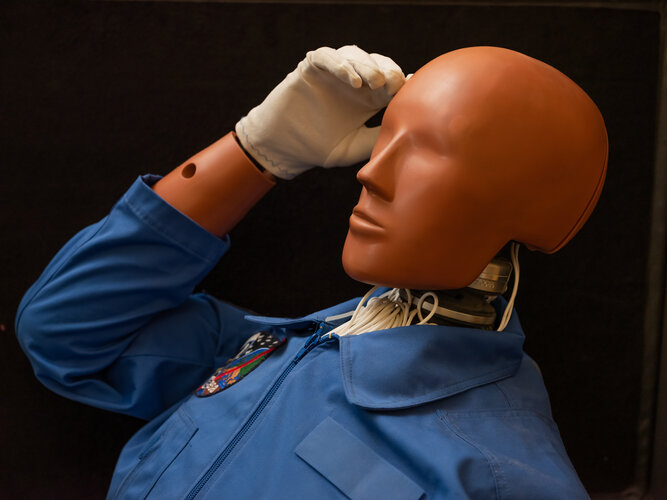 Image:
Crash test dummy
Image:
Crash test dummy